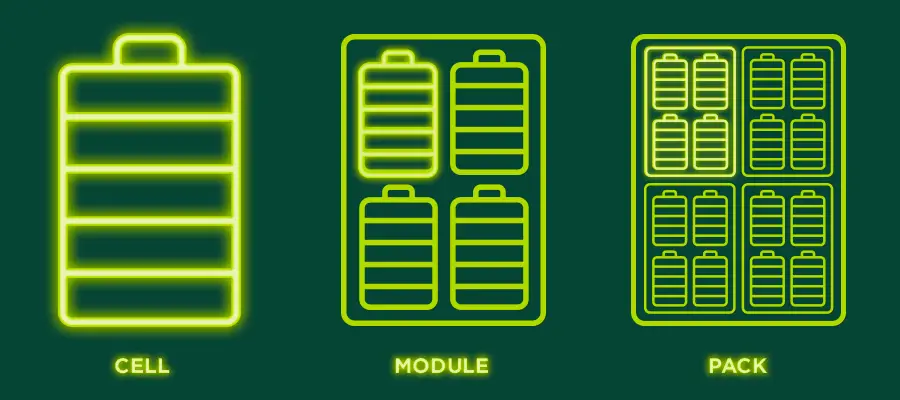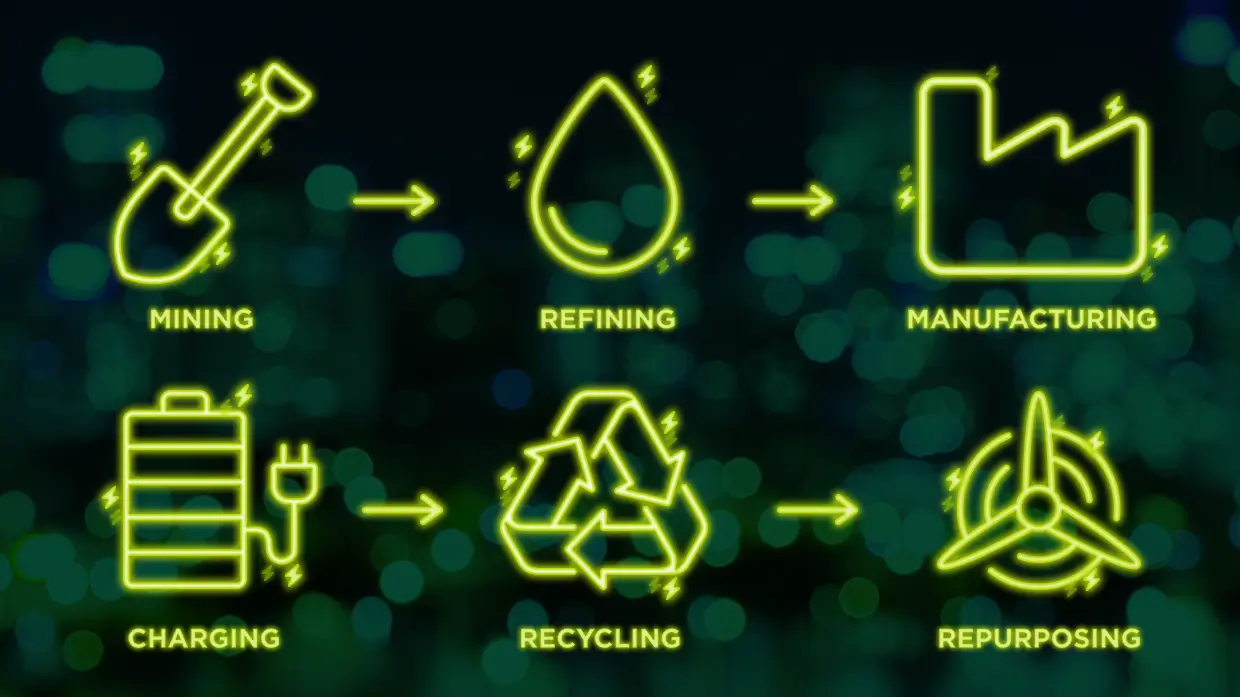
Welcome to the Knowledge Hub

How EVs Work
GETTING TO GRIPS WITH EVs
If there’s one thing all electric vehicles have in common, it’s that they’re packed with smart tech. But how do they work? What’s happening under the hood? And what exactly is regenerative braking? It’s time to take a closer look at the basics, after all, everyone will need to be familiar with them in the very near future so may as well get a head start. We’ll keep the technical jargon to a minimum we promise.
1. Electric vs combustion
Believe it or not, electric cars first appeared over 180 years ago. But without rechargeable batteries, they struggled to compete with petrol-powered models. When internal combustion engines (ICE) became cheaper to build and easier to fuel, EVs quickly fell out of favour. That started to change in the early 2000s, as battery technology improved and electric driving became a real alternative.
From the outside, EVs and petrol cars might look much the same. But under the surface, it’s a different story. Combustion engines rely on burning fuel to create power, producing noise, vibration and harmful emissions through the tailpipe.
Fully electric vehicles are powered by lithium-ion batteries, with no engine or exhaust system. That means zero tailpipe emissions, lower running costs, and a smoother, quieter drive.
2. The all-important battery

Lithium-ion batteries are the powerhouse of any EV, and usually the heaviest part too. They’re made up of three main parts:
- Cells (individual batteries)
- Modules (groups of cells)
- Packs (the full battery unit with sensors and protection)
Alongside lithium, they contain materials like nickel, graphite and cobalt sourced from around the world. This global supply chain is part of why EV batteries are still expensive to produce.
The EV battery lifecycle

3. Regenerative braking
You brake, you slow down. Surely it’s the same whether you’re behind the wheel of an EV or ICE? Surprisingly not, in fact one of the biggest differences you’ll find between the two types of vehicle is the way they brake. Time for a very quick physics lesson.
Kinetic energy is built up as a vehicle moves. In the case of ICE vehicles, this kinetic energy is released as a waste product in the form of heat. That’s not the case with EV brakes, which instead converts the kinetic energy into electric energy which is then stored in the battery and gives the range of the vehicle a cheeky little boost.
4. Say hello to single gear driving
Most petrol and diesel-powered vehicles have a transmission with a number of gears that enable the engine to reach different speeds. That’s not the case with electric vehicles, which typically have a transmission with only one gear. As a result, the electric motor runs at a single speed directly in line with how fast the motor’s spinning. This is far more efficient than a multi-speed transmission, not to mention a whole lot smoother too, as acceleration is uninterrupted.
In many ways, driving an electric vehicle is also very similar to driving an automatic vehicle. There are no gears to change or pesky clutch to wrestle with, just three different buttons to choose from – drive, park and reverse.
Want a lesson in advanced physics? Electroverse have you covered.
Stay charged wherever you go
Europcar recommends Zapmap to search for EV charge points and plan your EV journeys
With the widest choice of charging options in the UK, Zapmap gives you access to an inspiring community of EV drivers – and provides peace of mind when out and about in your EV.
Download the app

